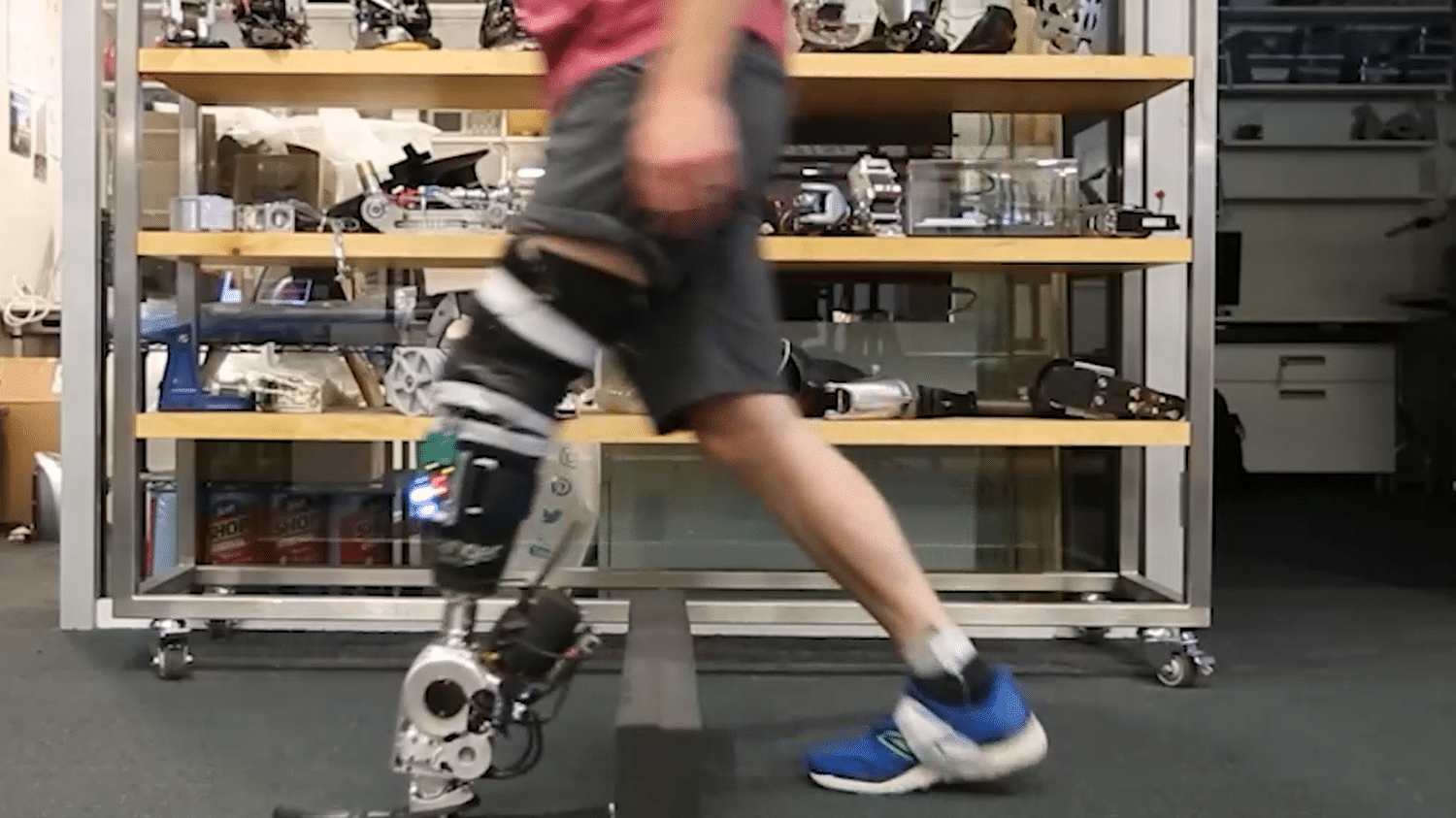American researchers from MIT in Boston assure that this “bionic leg” allows for almost natural movement.

Published
Update
Reading time: 1 min

The scientific review Nature refers to it as a new generation “bionic leg”. A prosthetic leg is officially presented on Tuesday, July 2, by researchers from the prestigious MIT in Boston, in the United States. While in recent years, prosthetic legs have become increasingly sophisticated, the American researchers explain that this one reaches a new level: the wearers regain, they say, an almost natural gait.
Concretely, inside this new prosthesis intended for people with below-knee amputees, the researchers have recreated false calf muscles. They detect the position and movement of the limbs and, as a natural leg does, transmit this information to the brain, via electrodes.
In return, the brain will command the leg, explains Hugh Herr, of MIT in Boston, who led this research. “When the amputee thinks about moving his leg, these false muscles move naturally, as if the patient had his limb intact. What happens next is almost miraculous. The seven patients who tested it were able to walk at a normal pace, go up or down stairs, and go around obstacles without even having to think about it.”he enthuses.
“It’s natural, it’s involuntary. Until now, no prosthesis had managed to be controlled entirely by the brain, here it is the brain that controls the movement, and not a robotic algorithm.”
Hugh Herr, from MIT in Bostonto franceinfo
Hugh Herr, who himself had both legs amputated more than 40 years ago after a climbing accident, is considering having this type of prosthesis fitted. He and his team hope that it will be commercially available within 5 years.
